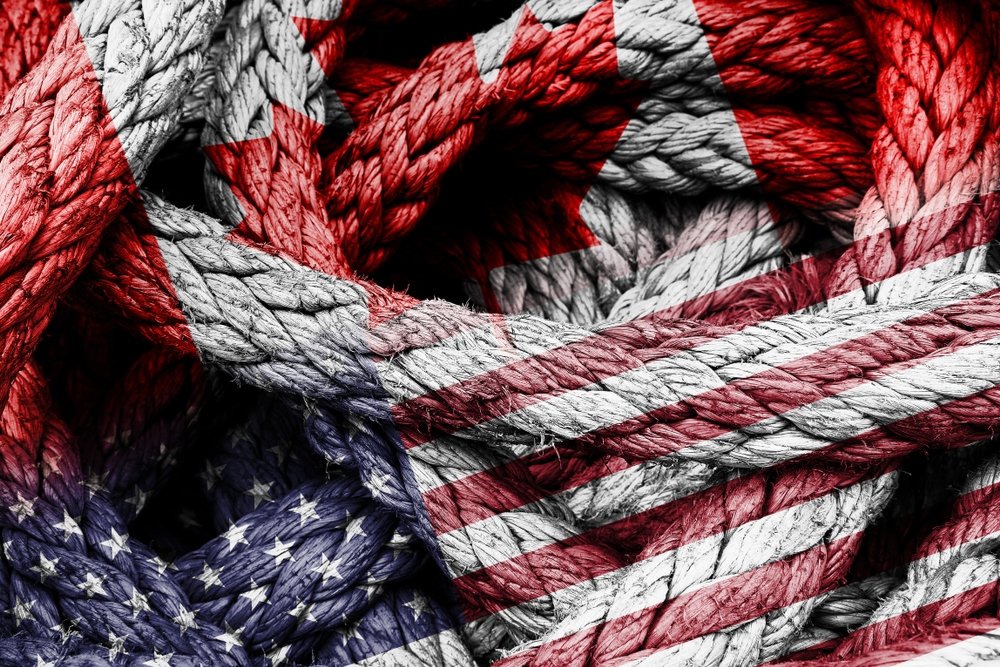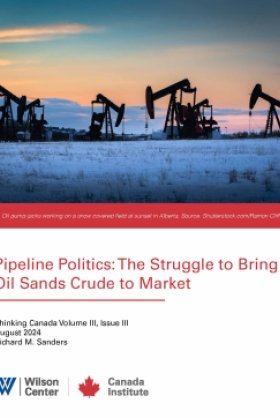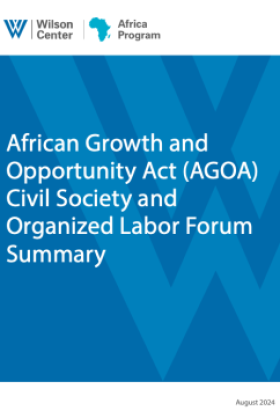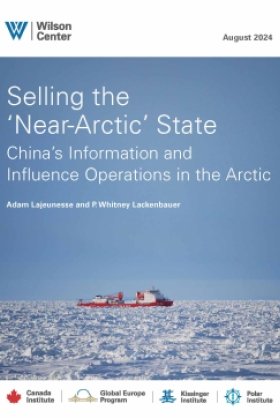The Ties and Knots that Bind the United States and Canada

Shutterstock.com/Creative Caliph
The Summer of 2024 has been a remarkable period for US-Canadian relations.
After seven years of negotiations, on July 11 Canada and the United States reached an agreement in principle to update the 1961 Columbia River Treaty, paving the way for a final agreement.
Ties between the nations deepened further on July 24 when the Gordie Howe International Bridge was fully connected over the Detroit River. Planning for this bridge began shortly after September 11, 2001, and it remains on schedule for a Fall 2025 opening.
On August 13, a significant milestone was reached when a 1.3-mile segment of high-voltage direct current powerline was installed across the border between Quebec and New York. This is part of the $6 billion USD Champlain Hudson Power Express project, which will link Hydro Quebec’s zero-emission hydroelectric network to New York City.
These developments underscore the increasing interdependence between the United States and Canada. This was particularly evident this summer when Canadian railway workers went on strike on August 22, prompting the Canadian government to intervene, sending Canadian National, Canadian Pacific Kansas City railways, and the Canadian Teamsters union into binding arbitration.
Even a brief work stoppage on these rail networks would disrupt North American supply chains, raise costs for Americans, and harm the US economy. Markets welcomed the Canadian Industrial Relations Board’s decisionto order the Teamsters back to work, but a looming strike by Air Canada pilots could soon remind us of the vulnerabilities these close ties create for the US economy.
In July, Canada found itself under increased pressure from its allies to increase defense spending. In response, Canada renewed its 2014 pledge made at the NATO Wales Summit to allocate 2% of its GDP to defense by a new target date: 2032. While this announcement eased tensions with NATO allies, it did little to untangle the complex issues surrounding Canadian defense procurement, much like the unresolved Gordian knot.
Meanwhile, not all cross-border issues are progressing smoothly, as evidenced by Michigan’s ongoing legal battle over Enbridge’s Great Lakes Tunnel project, designed to upgrade its Line 5 pipeline. The dispute, centered on the balance of state versus federal authority, has dragged on for five years. On August 16, the US Sixth Circuit Court of Appeals reignited the debate by returning the issue to state courts.
Another thorny issue surfaced in mid-August when the US Department of Commerce imposed new duties on Canadian softwood lumber. When the US tariff rate increased from 8.05% to 13.86% in February, Canada challenged the decision before the US Court of International Trade in May. By August 13, the US announced an even-higher 14.54% tariff rate. Softwood lumber disputes have recurred since 1982, with each cycle eventually concluding in an agreement (so far, at least).
On June 28, Canada added a new layer of complexity to the economic relationship by imposing a 3% Digital Services Tax (DST) on large global digital services firms with significant Canadian customer bases, retroactive to January 1, 2022.
The idea of taxing online commerce and digital services emerged during the 2008 financial crisis, and in 2016, the Organization for Economic Cooperation and Development (OECD) and the Group of 20 nations (G20) began addressing the issue of tax base erosion as more transactions moved online. In 2021, 134 countries agreed on a two-pillar solution to tax digital services and establish a global corporate minimum tax of 15%. Consensus was deemed essential due to the ability of global digital firms to shift profits to low-tax countries. In 2023, members of the OECD G20 group agreed to delay digital services taxes until 2025, while some countries struggled to implement the new system. However, Canada joined Belarus, Pakistan, Russia, and Sri Lanka in opposing the delay.
This summer, Canada acted unilaterally in imposing its DST, affecting mostly US-headquartered companies. The United States has requested a dispute panel under the United States-Mexico-Canada Agreement (USMCA) in response. Congress is also considering legislative options, indicating the potential for the dispute to escalate.
The tensions did not stop at lumber and digital services taxation. The US Centers for Disease Control and Prevention (CDC) issued new rules in May, effective August 1, for bringing dogs into the United States, just as summer vacations were underway. These rules, aimed at preventing the spread of diseases like rabies, require significant documentation and mandate that dogs crossing the border be microchipped for identity verification. While the CDC announced a nine-month grace period on some paperwork for dogs from rabies-free countries, including Canada, the rules will be fully enforced at the US-Canadian border by 2025.
Bilateral Relations in a Bind?
As an election year unfolds, I am often asked, “What is the state of US-Canadian relations? Should we be worried?” In the Summer of 2024, with the US election looming in November and a potential Canadian election in 2025, this question carries added weight. It is a big, even existential, question for both our countries.
After listing some of the serious issues that have surfaced this summer, you might be surprised that I believe the relationship between the United States and Canada remains strong. Our ties are multiplying, the knots in our relationship are known and are being addressed by officials on both sides, and the relationship endures.
In the twentieth century, Karl Deutsch (b. 1912, Prague, d. 1992, Cambridge, Massachusetts) explored the forces of nationalism and the dynamics of political and economic integration and disintegration. He favored quantifiable data, such as the number and length of international phone calls, to ground his theories. Deutsch theorized that networks of individuals working on shared problems form communities, developing norms and assumptions about working together over time. For example, the Cold War confrontation with the Soviet Union led to the formation of a “security community” linking the United States, Canada, and Western Europe. Within this community, conflicts persisted, but violence was ruled out as a means of resolution.
While it is impossible to imagine how Deutsch would handle the volume of data that crosses the US-Canadian border today, his insights remain relevant in the hot Summer of 2024. US-Canadian relations are managed by networks of foreign and domestic policy specialists and politicians accountable to their citizens. Within this bilateral security community, war remains unthinkable. The process of identifying problems and seeking solutions together creates norms and patterns that contain conflicts, preventing them from spiraling out of control like a Canadian wildfire in the Summer of 2023.
In tying ourselves in knots over issues ranging from digital trade to dog travel, a network of Americans and Canadians emerges, forming a community. It is the ties—and the knots—that bind us together.
About the Author

Christopher Sands
Christopher Sands is Director of the Wilson Center’s Canada Institute, the largest policy research program on Canada outside Canada and the leading source of scholarship on US-Canadian relations in Washington, DC. Dr. Sands previously directed applied policy research programs at the Center for Strategic and International Studies and the Hudson Institute and has published extensively over a career of more than 30 years in Washington think tanks.
Read More
Canada Institute
The mission of the Wilson Center's Canada Institute is to raise the level of knowledge of Canada in the United States, particularly within the Washington, DC policy community. Research projects, initiatives, podcasts, and publications cover contemporary Canada, US-Canadian relations, North American political economy, and Canada's global role as it intersects with US national interests. Read more













